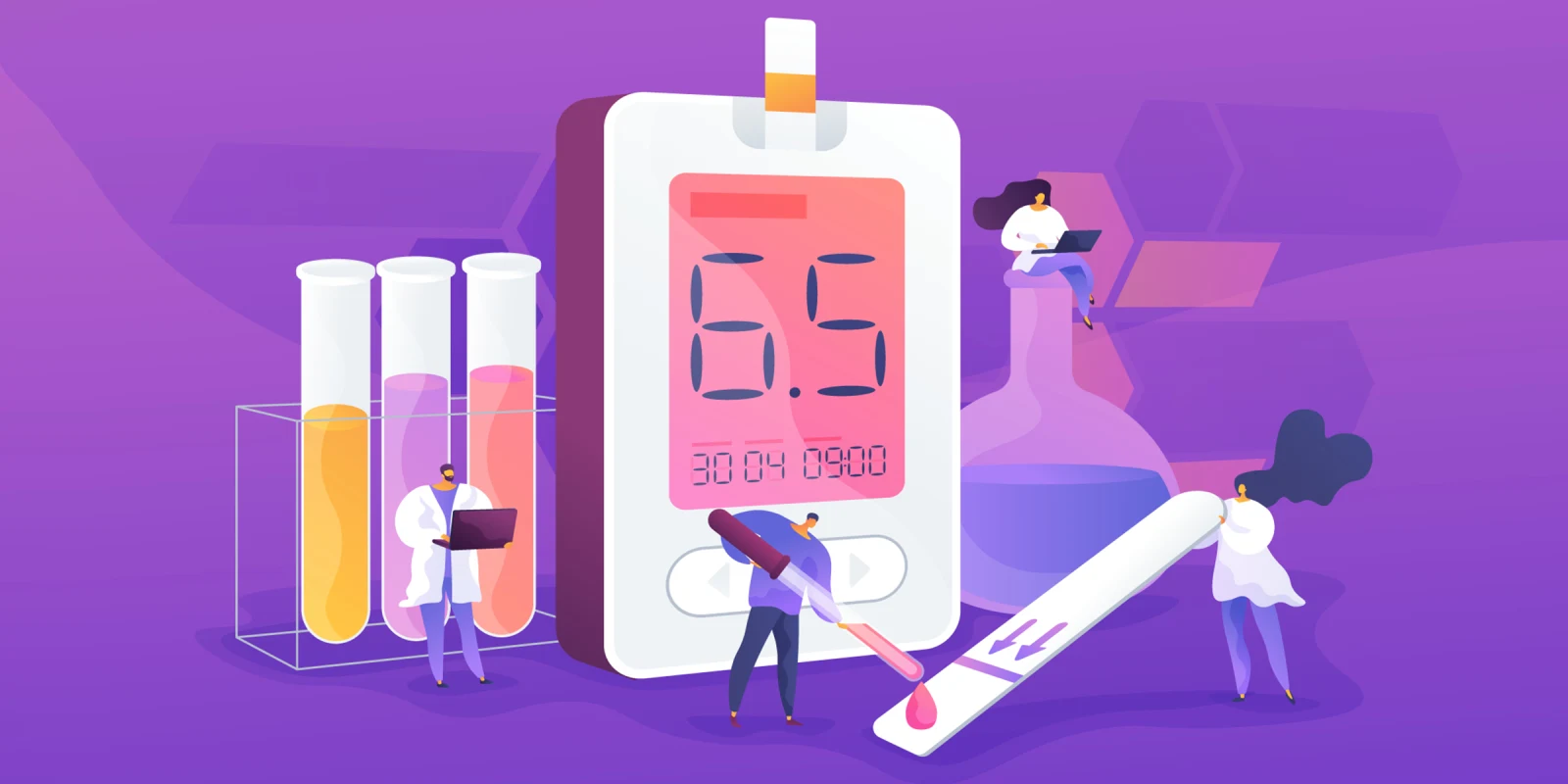Landmark diabetes trials such as the NIDDK trial and DCCT showed a reduction in the rate of diabetes-related complications by achieving a lower HbA1C. Since then, management of diabetes has revolved around achieving an HbA1C of 7 or less to reduce micro and macrovascular complications. Despite being the standard of care for diabetes management, HbA1C has its limitations and sometimes proves to be unreliable. It can be falsely high or low in conditions like anemia, chronic kidney disease, liver disease, pregnancy, asplenia, and splenomegaly. Also, an HbA1C less than seven can sometimes be dangerously misleading, as it is a reflection of the average glucose and does not reflect the percentage of time a patient has had hypoglycemia. To add to the complexities, HbA1C does not provide a comprehensive glucose profile, data on day-to-day glycemic patterns, or glycemic excursions.
The last decade has seen an exponential increase in various treatment modalities, which have become available to manage patients with diabetes. One such advancement that has gained quick momentum and popularity is the continuous glucose monitor (CGM), which has become increasingly accessible. High accuracy and ease of CGM use compared to SMBG has led to rapid adoption among clinicians and patients. This was demonstrated in a study by Foster et al., which showed an increase in CGM use among patients with Type I DM from 11% in 2011 to 38% in 2018.
Considering the above challenges of using HbA1C, it has become evident that dependency on it as a metric for measuring glucose was very shortsighted. This motivated the need for a more reliable metric, and as a result—in recent times—there has been a gradual shift in the management of patients treated with insulin therapy. Time-in-Range (TIR) sparked popularity in such a time due to the compelling research supporting its accuracy, often being non-inferior and at times superior to HbA1C as a marker. TIR is the percentage of time glucose is between 70-180 mg/dl and can be easily interpreted and understood by both patients and healthcare providers. Studies have shown TIR correlates exceptionally well with HbA1C values, where a TIR of 70% is suggestive of an HbA1C value of 7, and a 10% change in TIR being equivalent to a change of 0.5% in HbA1C. Although the concept of TIR is not new, it had not yet been validated as an independent metric to prevent micro and macrovascular complications among patients with diabetes mellitus. Dr. Anders Carlson from International Diabetes Center, Minn. shed light on various published trials showing a direct association between TIR, diabetes-related micro-, and macrovascular complications. A 10% reduction in TIR was observed to be associated with a 25% increase in peripheral neuropathy risk. Another study showed a lower incidence of diabetic retinopathy among patients with a TIR above 70%. A higher TIR was also noticed to be associated with a lower prevalence of carotid intima-media thickness (CIMT) — a surrogate marker of cardiovascular disease). Outstandingly, lower TIR was shown to be associated with all-cause and cardiovascular mortality.
The presenters at the conclave also discussed the American Diabetes Association Standard of Care 2021 recommendations on important CGM metrics and acceptance of TIR as an alternative for diabetes management. A goal for higher TIR is desired but may not be achievable. Therefore, the following recommendations were considered good metrics of glycemic control and helpful in practice: Time in range (70-180 mg/dl) >70 %, time above range (180-250 mg/dl) or level I hyperglycemia <25 %, time above range (> 250 mg/dl) or level II hyperglycemia <5%, time below range (<70 mg/dl) or level I hypoglycemia <4% and time below range (54 mg/dl) or level II hypoglycemia <1%.
One fact became abundantly clear that the future of diabetes management looks exciting! As new technologies continue to evolve, more clinical trials are looking at TIR as the primary endpoint instead of HbA1C. The session “Time in Range: The Time Is Now” presented by Dr. Carlson and other researchers at ENDO 2021 was a timely and relevant discourse opening eyes to the future of diabetes management. The perspective and reviews shared by the experts with the support of high-impact published data pointed towards the incorporation of TIR use in clinical practice and is a welcome change.
Image: Visual Generation / shutterstock







